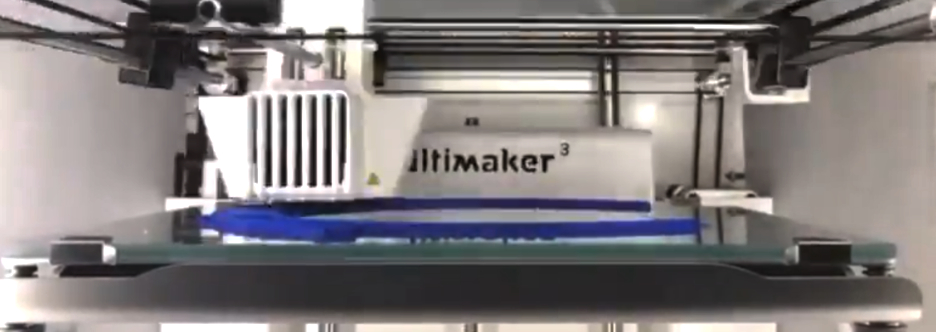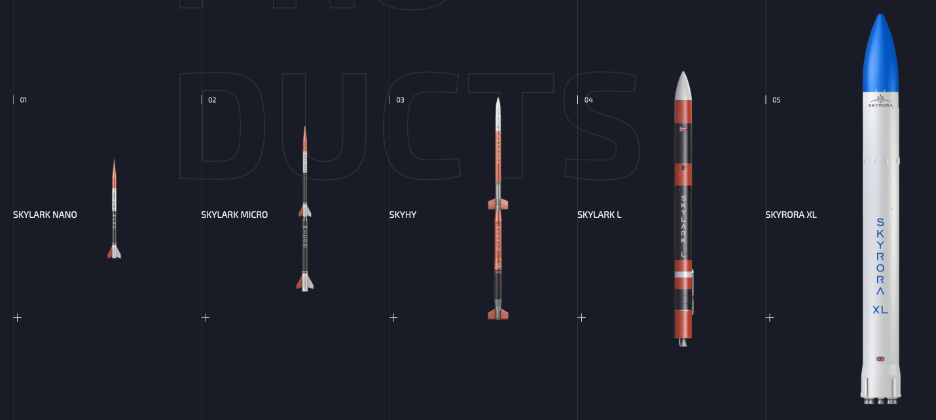
Skyrora has teamed with the National Physical Laboratory and Makerspace Paisley to 3D print face visors for various health services including the NHS at the company’s production facility in Edinburgh, Scotland.
The Edinburgh space firm concluded that the firm was well positioned to do its bit to help ease the burden on the National Health Service (NHS) and became quickly aware of the potential shortage of available safety equipment.
Skyrora dedicated resources to manufacture personal protection equipment, (PPE) and decided not to go it alone, as a collaborative effort would yield much faster and higher volume of supplies. Skyrora decided to reach out to the wider community and bring in expertise, more equipment and personnel to make the project happening rapidly. As a result, both the National Physical Laboratory and youth charity project Makerspace Paisley joined Skyrora to support its latest mission.
Joining the wider business community’s effort in dealing with the Covid-19 crisis and producing urgently required additional PPE, Skyrora staff are working evenings and weekends to increase the maximum production of 3D printed face visors while still adhering to the government’s social distancing measures.
Together they initially produced 50 face visors per week, all 3D printed on Skyrora’s two Ultimaker S3s and one Ultimaker S5 printers. With the support of the National Physical Laboratory, lending Skyrora two further Ultimaker S3s, the team can now 3D print 70 to 100 face visors per week.
The Ultimaker units work by depositing layers of 3D printed PLA (polylactic acid) plastic based on the 3D model design. The whole process of 3D printing requires approximately two hours for each band frame and only five minutes to assemble the band frame, clear plastic visor and foam strips into a face visor.
Without the help of Makerspace Paisley, visor production would not have been possible. Makerspace Paisley kindly lent their laser cutting facilities to Skyrora. The laser cutter uses a high-powered carbon dioxide laser to etch the safety markings and logos onto the 100% recyclable PETG (polyethylene terephthalate glycol) plastic visors, before cutting them out for production-quality precision.
Skyrora has received certification for their face visors to the CE EN 166:200 standard, as required by the NHS, and everything is ready for distribution.
Skyrora have also received recognition from the Scottish Government. The Deputy Presiding Officer, Christine Graham said that Parliament welcomes the efforts of the Midlothian-based space tech firm, Skyrora, to tackle the COVID-19 outbreak by reallocating a proportion of its staff to manufacture various forms of personal protective equipment, while still adhering to social distancing measures. It is the Parliament’s understanding that this includes hand sanitizers and 3D printed face visors, which will be distributed to the NHS during the coming weeks. Parliament believes that this demonstrates a commendable attitude of corporate responsibility and thanks Skyrora and companies undertaking similar efforts for their contributions.

